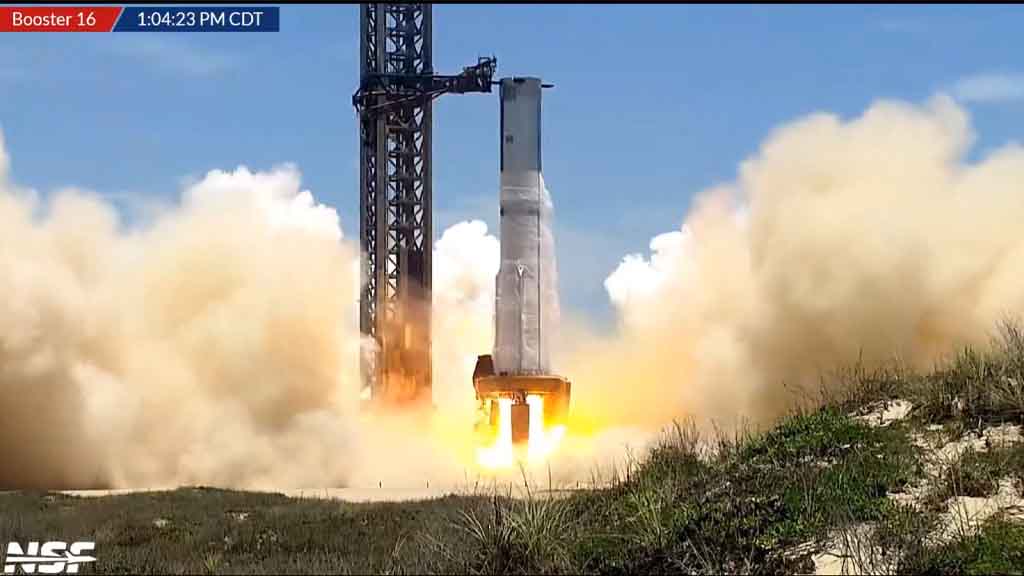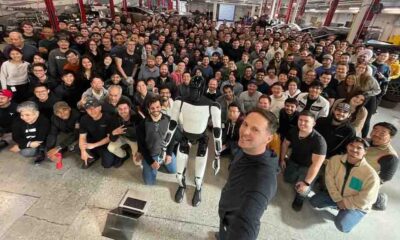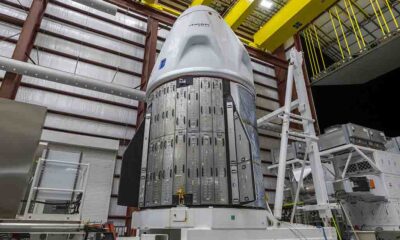SpaceX
SpaceX takes first step towards Starship Flight 10, completes booster static fire

Today, SpaceX has performed the first static fire test for the Super Heavy booster ahead of the Starship Flight Test 10, which could happen in a few weeks.
This static fire test was carried out at Starbase, Texas. It began with the water deluge system pumping the pressure, followed by engines burning at full power for a few seconds.
Such tests are performed to verify the engine’s ignition, propellant system, and ground support before the real flight. Speaking of which, the new flight test comes within 10 days of the Starship Flight 9.
The integrated flight lifted off with 33 Raptor engines burning at full power and completed its full duration ascent burn. This was the first time SpaceX employed a fully reusable super heavy booster, including 29 out of 33 flight-proven Raptor engines.

SpaceX Starship Flight 10 Super Heavy Booster Static Fire Test (Source – Nasaspaceflight)
Soon after, the booster separated from the ship with a hot-staging sequence and performed the first-ever controlled flip maneuver for its boostback burn.
This proves the first stage’s capability to fly at a higher angle of attack during descent. By increasing the amount of atmospheric drag on the booster, a higher angle of attack results in a slower descent speed, which requires less propellant for the initial landing burn.
During its final moment, the booster fired 12 out of 13 center and middle ring Raptor engines for a splashdown in the Gulf of America. Unfortunately, the vehicle experienced unscheduled rapid disassembly and lost contact.
The company didn’t attempt to catch this booster, due to the first attempt at reusable vehicle launch, but that may not be the case with Starship Flight 10, which will be using a fresh booster.
(source)












